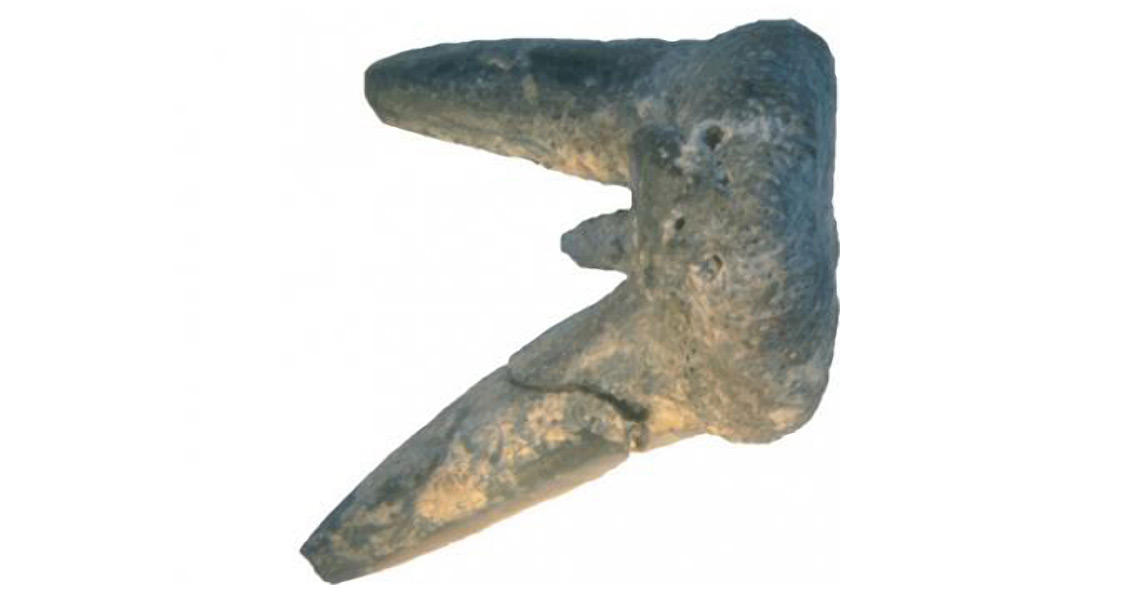<![CDATA[Scientists working in Dublin, Ireland, made a gruesome discovery when examining the fossilized feces of fully grown Orthacanthus sharks – the tiny teeth belonging to juveniles, indicating that the 300 million-year-old sharks ate their young. These once fearsome predators reared their young in coastal lagoons which offered protection from weather and other predators. It seems, however, that they also cannibalized their offspring when their normal food sources became unavailable. Three hundred million years ago, the continents of what today are North America and Europe were located on the equator and covered with sweltering jungles (which are now found as coal seams). The predators at the top of the food chain in these "Coal Forests" were huge sharks, not land animals, which hunted in the oily waters of coastal swamps. The fossil evidence supporting shark cannibalism was found in the unique spiral-shaped coprolites (fossilized poop) that were discovered in New Brunswick, Canada, at the Minto Coalfield. The excrement has been identified as belonging to Orthacanthus due to its shape, the result of the sharks' corkscrew-like rectum, which allows for easy identification. In fact, the excrement is full of the juvenile teeth, confirming these sharks did in fact feed on their own offspring, an act that’s referred to as "filial cannibalism". Aodhán Ó Gogáin, a PhD candidate with the School of Natural Sciences, Trinity College Dublin, is responsible for the extraordinary discovery. He’s quoted in a press release as saying "Orthacanthus was a three-meter-long xenacanth shark with a dorsal spine, an eel-like body, and tricusped teeth. There is already evidence from fossilized stomach contents that ancient sharks like Orthacanthus preyed on amphibians and other fish, but this is the first evidence that these sharks also ate the young of their own species." Adding, "Orthacanthus was probably a bit like the modern day bull shark, in that it was able to migrate backwards and forwards between coastal swamps and shallow seas. This unusual ecological adaptation may have played an important role in the colonization of inland freshwater environments." Professor Mike Benton with the University of Bristol and the study’s co-author, said: "As paleontologists cannot observe predator-prey relationships directly in the way that a zoologist can, they have to use other methods to interpret ancient food webs. One method is by probing the contents of coprolites as we have done here." Another co-author, Dr. Howard Falcon-Lang from Royal Holloway University of London, is quoted in the press release as saying: "We don't know why Orthacanthus resorted to eating its own young. However, the Carboniferous Period was a time when marine fishes were starting to colonize freshwater swamps in large numbers. It's possible that Orthacanthus used inland waterways as protected nurseries to rear its babies, but then consumed them as food when other resources became scarce." The Minto Coalfield, where the fossils were discovered, holds significant historical importance considering it’s the first location in all of North America where coal was mined by settlers at the beginning of the seventeenth century. These findings were recently published in the journal Paleontology. Image courtesy of Aodhán Ó Gogáin (Trinity College Dublin)]]>
Terrifying 300 Million-Year-Old Sharks Were Filial Cannibals
